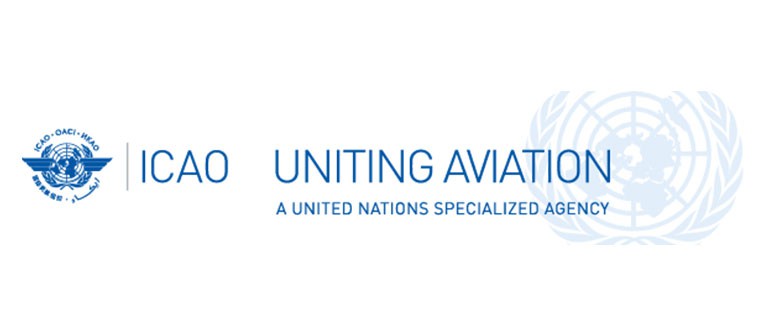Positive safety culture 2022-06-30

A positive safety culture is one that goes beyond the simple result, and in essence is the way safety is perceived, valued and prioritized in an organization. In this way, people's perception of the importance of safety, including whether it is considered a priority by their peers, superiors and leaders, reflects the degree of commitment to safety at all levels of the organizational hierarchy.
Why is safety culture important?
Safety culture can have a direct impact on performance.
Believing that safety is unimportant can lead to workarounds, shortcuts, or unsafe decisions, especially when there is a perceived risk rather than an obvious danger. However, a typical and understandable first response to a safety culture is: “If we already have an SMS (Safety Management System), why do we also need a safety culture?”
The Safety Management System represents the competence of an organization in the safety area, and for that, it is essential to have the necessary human resources to implement it. But rules and processes cannot always be followed, especially if people in the organization understand that safety is not a priority and despite occasionally taking certain risks.
Thus, organizations need an SMS and a healthy safety culture to achieve acceptable safety performance.
However, in civil aviation, persists a false perception that the system is very safe, based on the low rate of occurrence of serious accidents. This can feed the idea organizations are safe and can cause incident notifications to go unrecorded, leading to the non-identification of potential hazards to air operations.
Actual aircraft accidents are often complex and as such, the multiple causes can be difficult to identify, which compromises an organization's “forward vision” with regard to safety.







